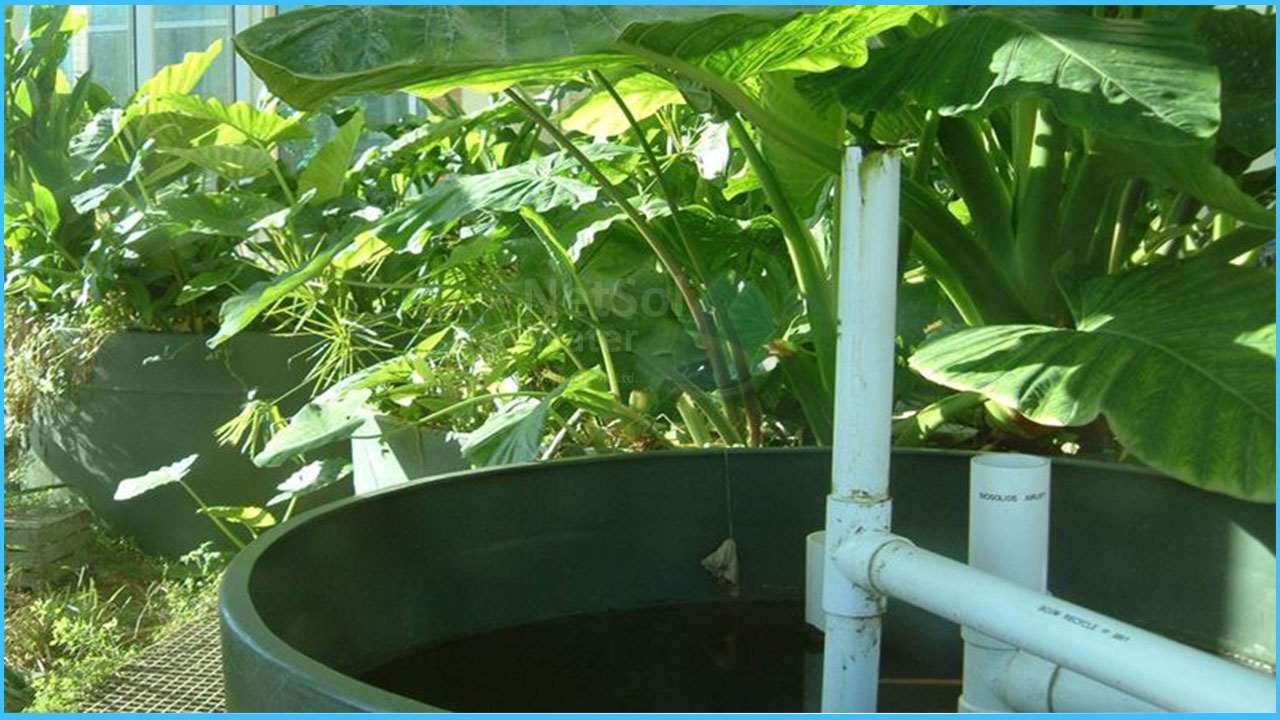WHAT DO YOU KNOW BY REVERSE OSMOSIS?
Reverse osmosis is typically regarded as the most popular and successful technology for purifying the water. The technique, which was originally developed for desalinating saltwater to provide drinking water, has been utilised in both home and commercial water filtration applications for decades. R.O pushes H2O across a membrane using water pressure. Only water molecules pass through this semi-permeable barrier, which is about the thickness of cellophane, while solid pollutants and impurities are separated. These pollutants may then be washed out, leaving customer with as near to pure and clean drinking water as customer can get.
PLANTS ALSO NEEDS RO WATER AS MUCH AS HUMAN NEED!
Plants rely on the minerals in the soil and their water supply, unlike people, who get their important vitamins and minerals from the food they eat. Mineral-free water is the absolute last thing customer should give to their plants.
To ensure fundamental healthy growth, green ornamentals require 20 key minerals. While hydrogen, carbon, and oxygen can be obtained from the air in your home, minerals and nutrients must be found in the soil or provided in the water. Potassium, phosphorus, nitrogen, magnesium, and calcium are among the important minerals.Customer could be depriving their plants of important nutrients by filtering these elements out of all of the water.
Small stunted leaves indicate a lack of nitrogen in customer’s plant. Potassium is another important element, as it helps the plant to resist illness. Yellow leaves appear in plants deficient in potassium.
If R.O. water is the only source of water for customer’s house plants, customer may wish to supplement the nutrient level of the potted soil with a feed product or fertiliser. The majority of feeds contain nitrogen, but some also include a variety of other vital minerals. Plants will develop sickly and possibly die if these nutrients are not provided.
GREEN REVERSE OSMOSIS
Among those farmers, RO water is the most often utilised water purification method. Green reverse osmosis (RO) is a water purification method that drives water through a semi-permeable membrane and separates impurities from your water. It's a device that separates dissolved solids from water as it flows through it.
Water is successfully treated from behind the barrier as a result. The contaminants that have accumulated are finally rinsed away. Because sediments can accumulate over time, you'll need to replace the membrane on a regular basis.
BENEFITS OF GREEN REVERSE OSMOSIS
• It is environmentally friendly, thanks to cutting-edge green technology.
• It requires very little maintenance because no pumps or motors are required.
• There is no need to sanitise it because there is no requirement for a water holding tank.
• It is an environmentally friendly, cost-effective that can be an excellent alternative for running your home efficiently, since it moderates energy use while retaining a higher water flow.
CONCLUSION
While purified water is beneficial to human and animal life and health, you should think twice before using it to water your plants. NETSOL WATER SOLUTION recognises the importance of RO plants for both humans and plants, and as a result, NETSOL plants can be utilized for optimum growth.




